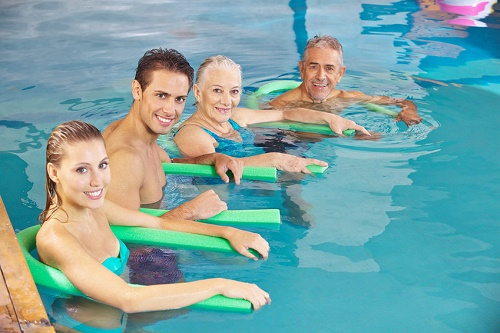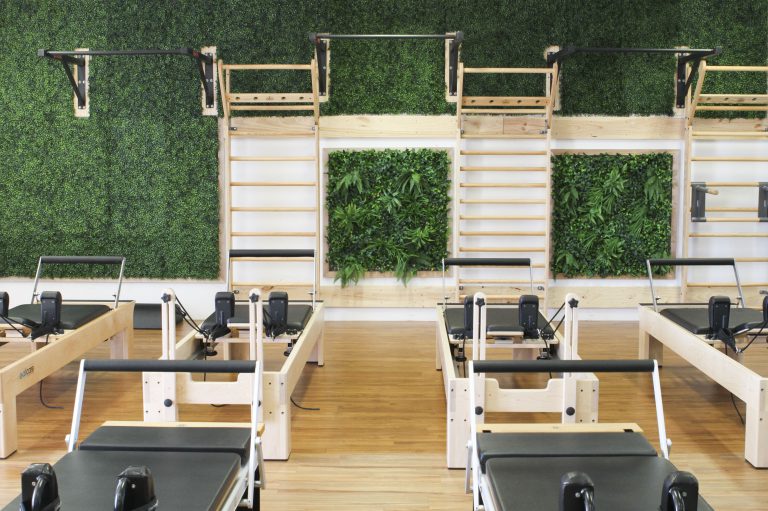Have you been wanting to start reaching those goals to be pain free but not sure where to start?
As summer is currently here, there is no better time to dust off your swimwear and consider hydrotherapy as part of your regular exercise or rehabilitation program. This blog is your information guide to hydrotherapy to see if it is right for you.
What is Hydrotherapy?
Hydrotherapy may also be known to people as water-based rehabilitation or aquatic exercise. It is a therapeutic treatment we offer all our patients here at Ellenbrook Physiotherapy as part of their journey in reaching their functional goals. You do not need to have any experience in swimming as the pool in which we operate from is at a depth suitable for almost all heights. Our sessions are run by one our experienced physiotherapists who will individually tailor an exercise program based on your needs.
Land vs Hydrotherapy, what are the benefits?
Buoyancy is the opposite to gravity
Buoyancy reduces weightbearing stresses placed on the body. This is very beneficial when it comes to rehabilitating from an injury or as an early post-surgical intervention. Starting in the deep end will allow for maximum weightbearing stresses to be reduced. When progression for exercises is suitable, moving into the shallower end of the pool will allow for weight-bearing to be increased.
More density increases resistance
Water has a higher resistance than air due to its density. This creates a perfect environment to strengthen and tone your muscles by just using your own body weight. Resistance in the water can be amplified further by two ways, by increasing the surface area adding noodles to exercises or by increasing the speed in which you are completing the exercise. This addition of resistance works as a nice progression for you later as you begin to power through your programs.
Turbulence
Turbulence in the water creates an unstable environment for your body when exercising, as a result challenging your stabilisation and core muscles. This is beneficial if you are having any difficulties with balance on land.
Temperature
The increase in water temperature is beneficial to rehabilitating patients in a few ways.
– improves circulation
– decreases swelling
– relaxes tight sore muscles
– pain relief

Who is best suited for this type of exercise?
Hydrotherapy can help a wide range of acute and musculoskeletal, cardiovascular and neurological conditions. Below is a list of some of the types of patients we see however hydrotherapy candidates are not limited to this.
- Arthritis
- Lower back pain
- Post-surgical interventions
- Early rehabilitation from musculoskeletal injuries
- Neurological conditions: Parkinson’s Disease, stroke and Multiple Sclerosis.
- Chronic pain conditions such as fibromyalgia
- Falls risk population groups
- Pre and post-natal women
Unfortunately, Hydrotherapy is not recommended if you have/had
- Heart attack or unstable heart conditions
- Skin or wound infections
- Uncontrolled epilepsy
- Uncontrolled diabetes
- Incontinence
- Fever
- Recent neurological events
For more information regarding our hydrotherapy program, contact our clinic on 92971188.
Brooke Lavell
Physiotherapist


